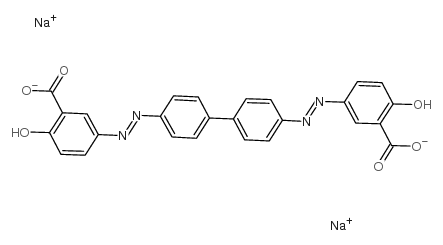Curcumin inhibits formation of amyloid beta oligomers and fibrils, binds plaques, and reduces amyloid in vivo.
Fusheng Yang, Giselle P Lim, Aynun N Begum, Oliver J Ubeda, Mychica R Simmons, Surendra S Ambegaokar, Pingping P Chen, Rakez Kayed, Charles G Glabe, Sally A Frautschy, Gregory M Cole
Index: J. Biol. Chem. 280(7) , 5892-901, (2005)
Full Text: HTML
Abstract
Alzheimer's disease (AD) involves amyloid beta (Abeta) accumulation, oxidative damage, and inflammation, and risk is reduced with increased antioxidant and anti-inflammatory consumption. The phenolic yellow curry pigment curcumin has potent anti-inflammatory and antioxidant activities and can suppress oxidative damage, inflammation, cognitive deficits, and amyloid accumulation. Since the molecular structure of curcumin suggested potential Abeta binding, we investigated whether its efficacy in AD models could be explained by effects on Abeta aggregation. Under aggregating conditions in vitro, curcumin inhibited aggregation (IC(50) = 0.8 microM) as well as disaggregated fibrillar Abeta40 (IC(50) = 1 microM), indicating favorable stoichiometry for inhibition. Curcumin was a better Abeta40 aggregation inhibitor than ibuprofen and naproxen, and prevented Abeta42 oligomer formation and toxicity between 0.1 and 1.0 microM. Under EM, curcumin decreased dose dependently Abeta fibril formation beginning with 0.125 microM. The effects of curcumin did not depend on Abeta sequence but on fibril-related conformation. AD and Tg2576 mice brain sections incubated with curcumin revealed preferential labeling of amyloid plaques. In vivo studies showed that curcumin injected peripherally into aged Tg mice crossed the blood-brain barrier and bound plaques. When fed to aged Tg2576 mice with advanced amyloid accumulation, curcumin labeled plaques and reduced amyloid levels and plaque burden. Hence, curcumin directly binds small beta-amyloid species to block aggregation and fibril formation in vitro and in vivo. These data suggest that low dose curcumin effectively disaggregates Abeta as well as prevents fibril and oligomer formation, supporting the rationale for curcumin use in clinical trials preventing or treating AD.
Related Compounds
| Structure | Name/CAS No. | Molecular Formula | Articles |
|---|---|---|---|
 |
CHRYSAMINE G
CAS:6472-91-9 |
C26H16N4Na2O6 |
|
Imaging Abeta plaques in living transgenic mice with multiph...
2002-09-01 [J. Neuropathol. Exp. Neurol. 61 , 797-805, (2002)] |
|
Amyloid binding ligands as Alzheimer's disease therapies.
2002-01-01 [Neurobiol. Aging 23 , 1039-1042, (2002)] |
|
Chrysamine G and its derivative reduce amyloid beta-induced ...
2002-11-15 [Neurosci. Lett. 333 , 5-8, (2002)] |
|
99mTc-MAMA-chrysamine G, a probe for beta-amyloid protein of...
1999-11-01 [Eur. J. Nucl. Med. 26(11) , 1392-9, (1999)] |
|
Inhibition of polyglutamine aggregation in R6/2 HD brain sli...
2001-12-01 [Neurobiol. Dis. 8(6) , 1017-26, (2001)] |